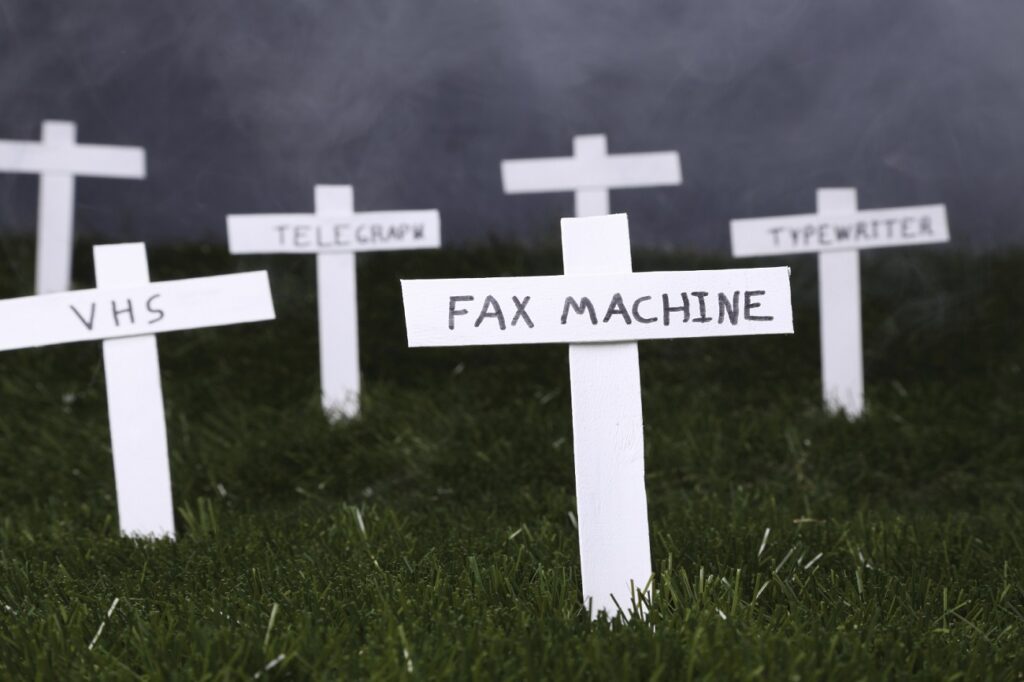Love them or hate them, most organisations have to use competency frameworks – but often they are decried by managers and staff. Is it time to shake them up, give them a different name and get them adding more value? Jo Ayoubi, CEO of Track Surveys, looks at the issue in more detail.
Amongst HR professionals there’s a wide spectrum of opinion about competencies: you either love or hate them.
I’m often asked to review competency models or frameworks that have been lovingly (and expensively) crafted. But when I asked how they’re actually used and how they create change, there’s often a slightly awkward pause and a mumbled answer.
“They’re available for managers to use if they want to… although I’m not sure how much they use them or whether they result in any behavioural change…”
Sound familiar?
Competencies are dead
The competency see-saw is illustrated by a couple of articles, both of them excellent and relevant: Phil LeNir in Chief Learning Officer argues eloquently that competencies are outdated, impractical and should be consigned to the dustbin.
In summary, he says that:
- Good managers do not manage by competencies, but in a holistic and integrated way, and importantly, within the context of the situation
- Competency frameworks are ‘static lists’ that take a long time and much cost to create, and then have no positive impact on performance.
Competencies are essential for managing talent
On the other hand, in a superb report, the Brandon Hall Group report published in February 2016 argues that without competencies and the ability to manage them effectively, an organisation will struggle to define and implement a talent strategy.
Also, employees will not perform to the best of their ability without a clear understanding of the type and level of skills and knowledge they will need to carry out their work effectively, and to develop their skills and careers in a meaningful structured way.
We still need competencies
There’s clearly a need for clarity around the skills that employees, managers and leaders need in order to do their work effectively.
Without a list, framework, job description or statement of standards, it’s impossible to ensure that the skills that make our organisations unique, i.e. peoples’ IT/technical capabilities for IT, healthcare or engineering, for example, are clearly and consistently understood.
Within each area, the employee and their manager should be able to define what they want to achieve
And although we are moving toward less formal evaluation of performance, as employers we will still need to benchmark performance, provide relevant training and development, and provide employees with a clear idea of the skills they will need now and in the future.
From an HR point of view, it’s important for us to be able to identify the key skills, knowledge and attitudes that are critical to the success of the business – indeed, this is something that organisations are demanding: the ability to define critical skills when recruiting, managing, developing and promoting, the ability to assess those skills at different stages of the employee journey, and to close critical skills gaps when needed.
So where do we go from here?
Competencies have a clear value as part of a talent strategy, including recruitment, development and succession.
In addition, more subtle skills such as management, leadership and driving a values-based business also need to be spelled out if the organisation wants to embed these in everyday behaviours.
So how do we get the best out of competencies? How do we achieve clarity without over processing and objectivity without becoming mechanistic? And how do we cater for the ever-changing needs of teams and the businesses they work in?
Competencies have a clear value as part of a talent strategy, including recruitment, development and succession.
In other words, how do we avoid throwing the proverbial baby out with the bathwater?
Let’s call them something else
Competencies and competency frameworks have had a lot of bad PR.
So why don’t we call them something more meaningful: best behaviours, key job skills, key capabilities, success abilities, work abilities. What about ‘skills we’re good at’?
Getting the best from ‘skills we’re good at’
Of course, it’s more than just a name change. Here are some ways we can get them working for us:
Simplify
Skills we’re good at should be defined for key areas, both technical job skills and organisation values.
Management and leadership skills that are critical for the organisation should be defined too. But these definitions should not be too detailed. Within each area, the employee and their manager should be able to define what they want to achieve within the context of the current work plan.
A tool for learning
By using a consistent but flexible set of skills we’re good at, and encouraging them to be shared, people can engage with them, have more valuable conversation and interactions, with a direct line of sight to their own performance and development.
Get regular feedback
Regular feedback based on relevant and up-to-date skills we’re good at that can be customised and are specific to the individual, the department, the customer – and the context – will keep them fresh and in constant use, therefore getting more value from the framework over time.
Use technology to share, update and contextualise the organisation’s key capabilities.
One of the challenges of traditional competency frameworks is that they can quickly become out-of-date, and are often hard to find.
Using web-based technology for sharing information, giving feedback and goal setting and tracking, make it easy for users (employees, managers, teams) to update and then share their skills we’re good at. They can also be personalised for each employee or team.
Simple but powerful online applications now allow employees and managers to see and adapt the skills we’re good at for their short, medium and long-term needs, but which can be changed and adapted as those needs change.
Feedback tools can be adapted and reflect those changes quickly and easily, taking into account customer, team and other contextual needs.
Conclusion
Skills we’re good at need to be clearly defined, easy to understand and practical to use.
With some clear communication and technology that allows those skills to be updated, communicated and tracked, organisations can tap into the benefits of a structured skills framework without going to either extreme of keeping competency frameworks that don’t work or throwing them out completely.






